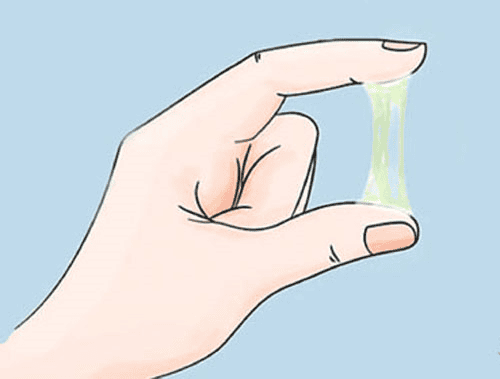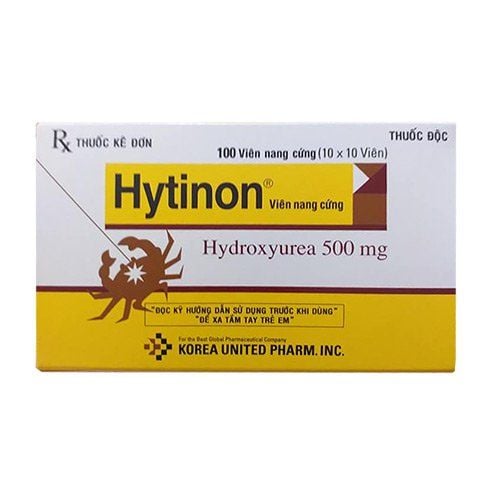This is an automatically translated article.
The squamous epithelial cell layer, when overgrown, covers the uterine glandular epithelium to form cervical nabothian cysts. Containing only epithelial fluid, which is usually small and very smooth, are cervical nabothian cysts dangerous?1. What is a cervical nabothian cyst?
Cervical nabothian cysts are small growths that form on the surface of the cervix.Nabothian cysts arise from an overgrown layer of squamous epithelial cells that overlaps the glandular epithelium at the junction of the cervical junction.
When the cervical epithelium secretes fluid, this fluid cannot flow anywhere, so it swells to form a cyst.
Nabothian cysts are as big as a grain of rice, a pea, or even larger depending on the time and extent of disease development. Nabothian cysts are usually white or yellow, often very smooth. Nabothian cysts are inherently benign lesions, when they first appear, they are very small in size, so they are often discovered by chance during a general physical examination. Some warning symptoms of cervical nabothian cysts such as:
Menstrual irregularities, irregular periods and abdominal pain more than usual Abnormal vaginal bleeding Abnormal vaginal discharge, pale yellow color, bad odor Discomfort Pelvic pain, lower abdomen, bleeding after sex However, the above symptoms are not too typical, so they are often confused with other gynecological diseases.

Rối loạn kinh nguyệt, kinh nguyệt không đều và thấy đau bụng hơn bình thường cảnh báo mắc nang naboth cổ tử
2. Cervical nabothian cyst is dangerous
Nabothian cyst is simply a benign lesion of the cervix, so it is not dangerous, does not change the menstrual cycle.
This cyst only affects a woman's reproductive health when accompanied by lesions or complications. The most common complications are inflammation and infection of the reproductive organs. The ruptured cyst block not only causes inflammation and infection in the cervix, but also can cause inflammation upstream to the uterus and ovaries, causing inflammation of the fallopian tubes, affecting fertility.
This seriously affects the quality of women's sex lives. Some other complications can be encountered but very little, which is the risk of infertility and cancer.
3. Cervical nabothian cyst treatment
Treatment of cervical nabothian cysts usually depends on the patient's condition and the size of the cyst. Can use medical treatment when the cyst is small or use surgical method if the tumor is larger:
Medical treatment: Usually applied to cases of small cyst, cyst size <10mm, newly formed Fort. Treatment with drugs helps to gradually reduce the size and dissolve the cyst. Surgical method: Usually applied to cases of large cysts, causing pressure on other parts of the abdominal cavity. Commonly used methods: Aspiration, cold burning, cold burning. Aspiration is poking fluid out, helping the cyst to dissolve, avoiding the cyst from growing. This treatment is usually applied when the cysts have grown large and joined in clusters. Electrocautery is also a technique that uses an electric current to burn the outermost layer of the cervix. When performing this technique, only local anesthesia is required. This is a technique that is widely used today due to its many advantages: no pain and bleeding, no scarring, smooth cervix, and no effect on female fertility.

Điều trị nang naboth cổ tử cung cần được thực hiện tại bệnh viện uy tín và chất lượng
Vinmec International General Hospital offers female customers a package of screening and early detection of gynecological cancer, when registering for the package, customers will receive:
Examination and consultation with a specialist in Obstetrics and Gynecology. Carry out necessary tests to help detect early diseases: cervical - uterine - ovarian cancer even when there are no symptoms. Cervical cancer screening by tests such as cytology by Liqui Prep method, automated system HPV genotype PCR test, transvaginal ultrasound test of uterus and ovaries. Specialist doctors will review test results, examine specific cases to give appropriate advice. Customers can directly go to Vinmec health system nationwide to visit or contact the hotline here for support.













